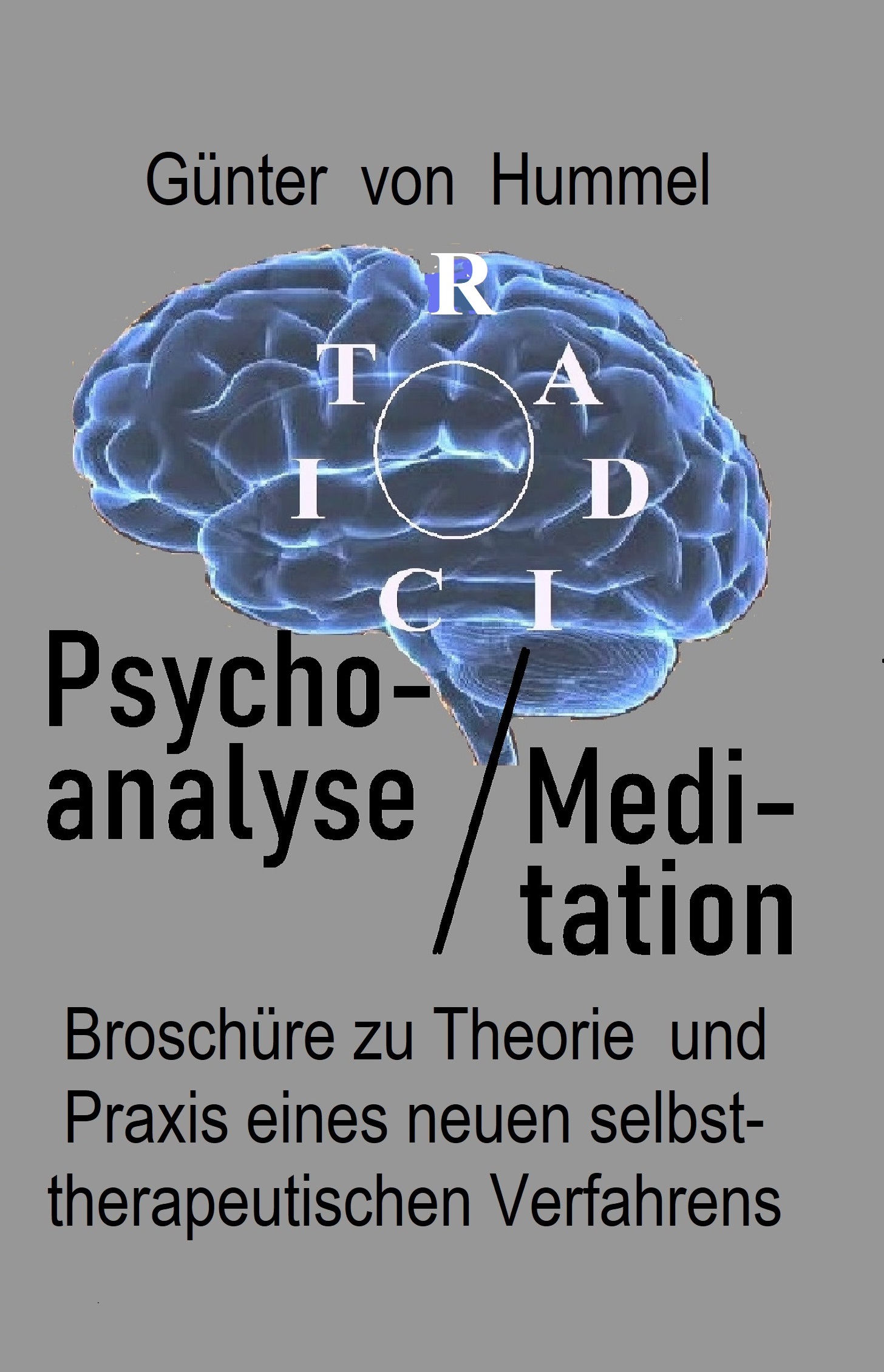Still, this way of thinking has also changed considerably in India in the course of the last decades. The influence of technology of the so-called First World, of natural science, computer science and many other matters seem to hardly yield room for pure mystic or 'spiritual' thinking as often as before, nor for the majority of the people in India.
Though e. g. the purification of the Ganges (its pollution has reached over 300.000 times the normal value of Coli bacteria!) is nowadays no longer driven through prayer and spirituality of higher class Brahmas, but, rationally, through modern biologic-ecologic purification plants.1
In computer sciences India is ranking in first place. From the perspective of yoga it could be simply stated, that lingam's power went to Gopi Krishna's head too quickly and without control, instead of his noticing, that he can only assimilate the SHINES / SPEAKS through disciplined exercises, but not just by simply identifying himself with the fraction stroke itself.2
That is why Kirpal Singh always stated that Kundalini Yoga is destined to fail and that - as many others also declare - the beginning is at the highest chakras while leaving pranic energies of the lower chakras (the vital airs) unconsidered.3 But generally, traditional Yoga cannot maintain it´s position in India nowadays.
Today there aren't such important Yogis as Kirpal Singh anymore. At best, only such yogis in India are worth mentioning who work in the some parts of the country and are distinguished by simple, clearly ethical teaching and, moreover, provide for support through social activities and material assistance. Other Yoga centers, such as the Shivananda Ashram, represent general knowledge on Hatha, Raja and Bhakti yoga, but the have no understanding of Jnana or Layja yoga. Kirpal Singh's so-called successors didn't nearly reach his high level of personality. More information on these will follow. Subsequently, it can only be helpful to represent yoga from the viewpoint of a science o f the subject.
1 Stille, A., The next Life of River Ganges, Travels at the End of History, C.H. Beck (2002)
2 The slash, or fraction stroke would then simply be the connection of Mūlādhāra below to the highest chakra, whereby G. Krishna simultaneously mixed up the Sūkshma and Stūhla aspects.
3 This lower-to-higher applies to most of the common types of Yoga, i.e. Hatha Yoga.

